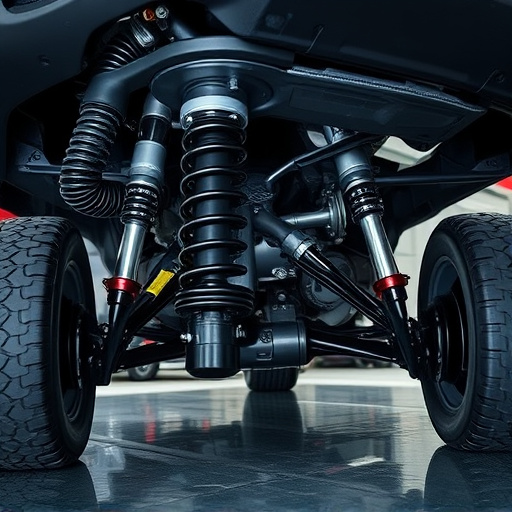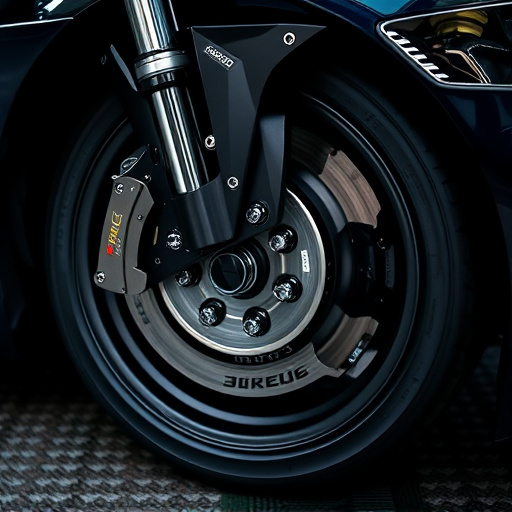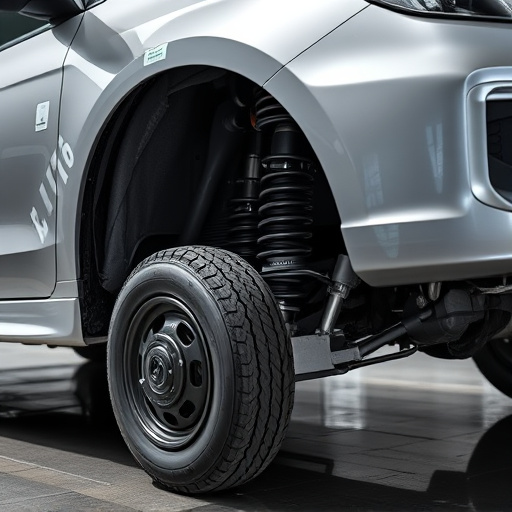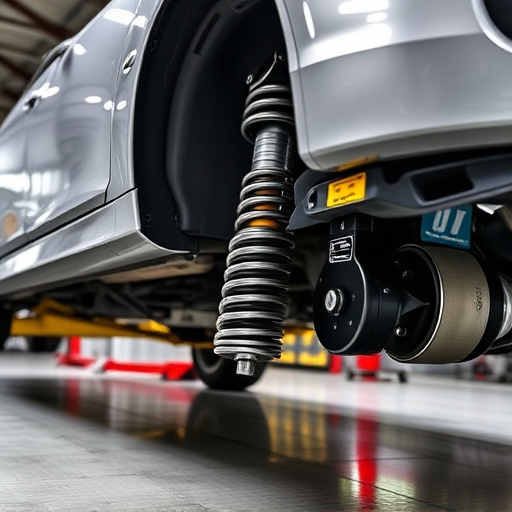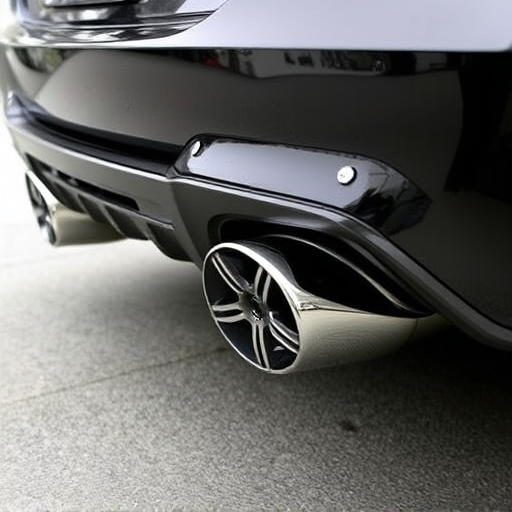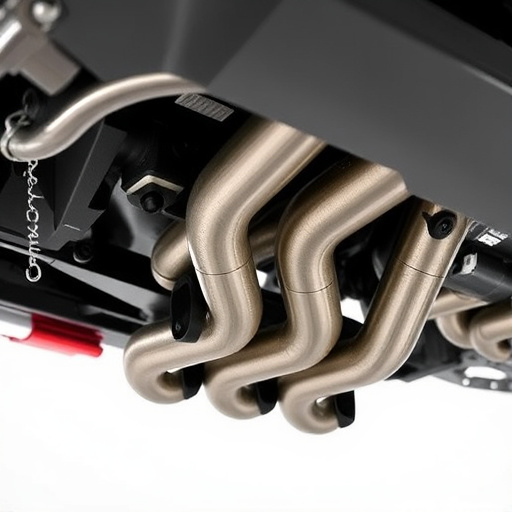Aftermarket vehicle exhaust tips boost performance through better gas flow and combustion, improving acceleration and fuel efficiency. They offer customization but may alter engine sound. While enhancing aesthetics, these tips pose safety risks if poorly fitted or low-quality, potentially causing leaks and structural weaknesses. Choosing high-standard, compatible tips ensures safe performance gains.
“Curious about aftermarket exhaust tips for your ride? This comprehensive guide explores both the advantages and potential drawbacks. On one hand, these tips can enhance your vehicle’s performance, offering improved throttle response and a more aggressive sound. But consider also the aesthetic and safety implications. From visual appeal to potential reliability issues, discover the key pros and cons before customizing your exhaust system.”
- Enhancing Performance: Benefits of Aftermarket Exhaust Tips
- Aesthetics and Sound: Visual & Auditory Drawbacks
- Safety & Reliability: Potential Risks to Consider
Enhancing Performance: Benefits of Aftermarket Exhaust Tips

Aftermarket exhaust tips can significantly enhance a vehicle’s performance by optimizing gas flow and reducing backpressure. These modifications allow for more efficient combustion, resulting in improved torque and horsepower output. The key lies in their ability to replace factory parts that may restrict airflow, thereby freeing up the engine’s full potential. This is particularly beneficial for those seeking a boost in acceleration and overall driving dynamics.
One of the notable advantages is the option for customized tuning. Aftermarket tips often come with adjustable settings or designs that enable drivers to fine-tune their vehicle’s exhaust note and performance characteristics. Additionally, many models offer better flow and reduced weight compared to stock mufflers and exhaust systems, contributing to improved fuel efficiency and faster acceleration times, especially in vehicles equipped with performance air filters and cat-back exhaust systems.
Aesthetics and Sound: Visual & Auditory Drawbacks

Aftermarket exhaust tips can significantly enhance a vehicle’s visual appeal, offering a range of stylish designs and finishes that can transform its overall look. These tips often come in various shapes, sizes, and colors, allowing car owners to customize their ride’s aesthetics. From sleek and subtle designs to bold and aggressive styles, there’s an aftermarket tip for every taste. However, while focusing on looks, it’s essential to consider the potential drawbacks, especially regarding sound.
In terms of auditory impact, installing aftermarket exhaust tips can alter a vehicle’s engine noise, often resulting in a deeper, more resonant rumble or even a high-pitched screech, depending on the tip’s design and materials used. This change in sound may be unappealing to some, especially those who prefer the stock vehicle sound. Moreover, some poorly designed or low-quality exhaust tips can produce excessive noise pollution, which is not only distracting but also harmful to nearby residents and can lead to legal issues regarding noise regulations. Thus, while enhancing performance with a performance exhaust and improving intake components, car owners must balance these upgrades with the potential visual and auditory drawbacks of aftermarket vehicle exhaust tips.
Safety & Reliability: Potential Risks to Consider

Aftermarket exhaust tips can enhance a vehicle’s appearance and sound, but they also introduce potential safety risks that should be considered before installation. One of the primary concerns is the impact on the overall reliability and safety of your vehicle’s exhaust system. Improperly fitted or low-quality exhaust tips may lead to leaks, which not only cause damage to the environment but can also pose a significant safety hazard. Leaks can reduce engine performance by allowing unburned fuel to escape, potentially increasing emissions and reducing fuel efficiency. Moreover, in extreme cases, exhaust leaks can fill the cabin with toxic gases, creating a serious health risk for occupants.
Additionally, some aftermarket tips may not meet the same quality standards as factory-installed exhaust systems. This is particularly true for performance exhaust systems that are designed to enhance engine power but might lack the necessary safety features built into standard exhaust components, such as robust brake components and secure connections. Unregulated modifications can weaken crucial structural elements, increasing the risk of component failure during high-speed driving conditions. Therefore, it’s vital to ensure that any aftermarket exhaust tips installed adhere to strict safety standards and are compatible with your vehicle’s existing exhaust systems.
Aftermarket exhaust tips offer a range of benefits, from improved vehicle performance to a unique sound profile. However, they also come with potential drawbacks, such as safety and reliability concerns, not to mention aesthetic and auditory changes that may not suit all tastes. When considering the installation of aftermarket exhaust tips, it’s crucial to weigh these pros and cons carefully to ensure a decision that aligns with your vehicle needs and preferences.








